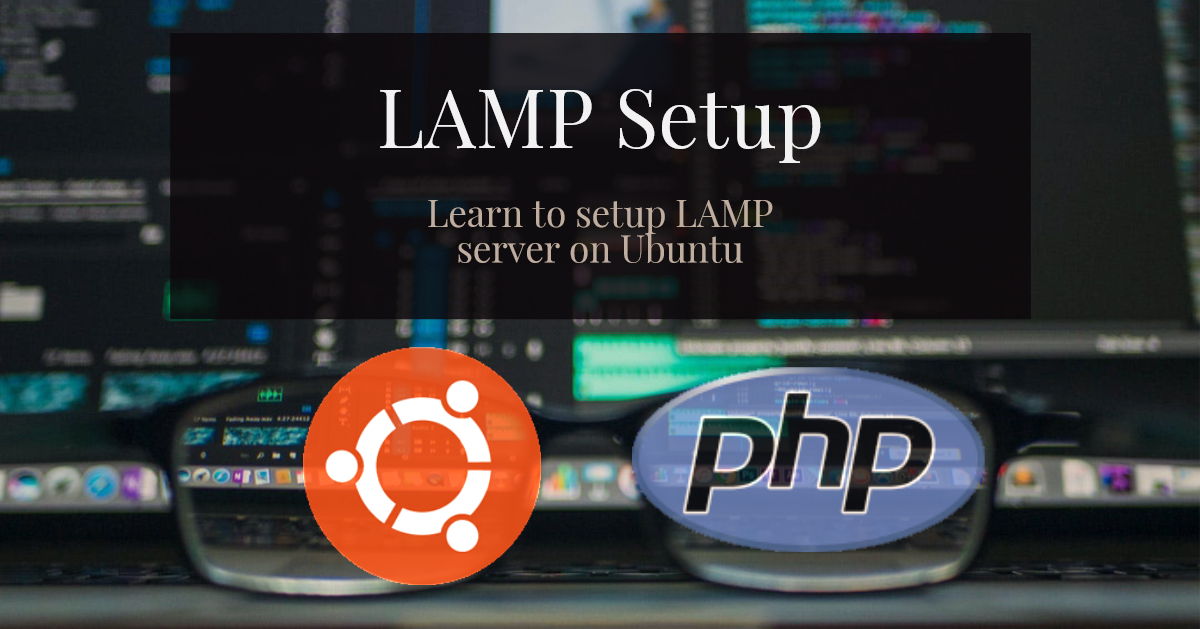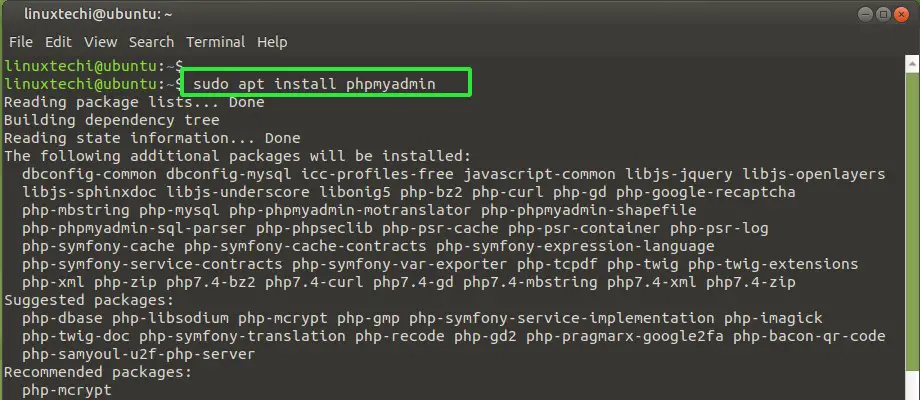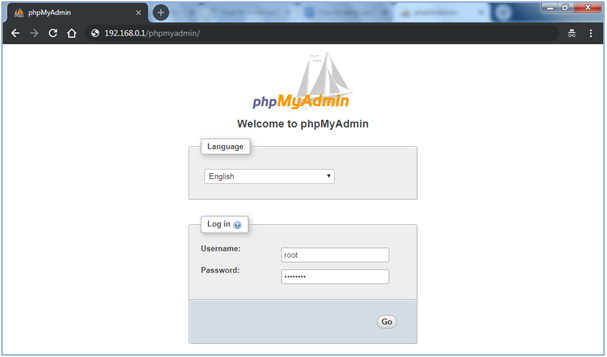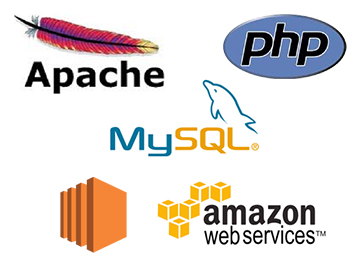

Then add following line to the end of file. "the requested url was not found on this server. IF it's still not open and you found following error: Solved Error: the requested url was not found on this server. Then use apt to pull down the files and install them on your system: sudo apt install phpmyadmin php-mbstring php-gettext. First, update your server’s package index: sudo apt update. Now you can go to your browser and open IP or localhost then you will found bellow layout: To get started, we will install phpMyAdmin from the default Ubuntu repositories.

You can create new user for mysql by using following query:ĬREATE USER IDENTIFIED BY 'rootnewpassword' Sudo apt install phpmyadmin php-mbstring php-zip php-gd php-json php-curl Step 1: Add and Update Software Repositories Step 2: Install phpMyAdmin Step 3: Configure phpMyAdmin on Ubuntu Step 4: Enable the mbstring Extension Step 5: Create a New MySQL Administrator Account Step 6: Test phpMyAdmin Secure phpMyAdmin on Ubuntu. Now you can access mysql by using mysql command: Now create info.php file on following location: Run update command before stating the installation process of phpMyAdmin.

Sudo nano /etc/apache2/mods-enabled/dir.confĭirectoryIndex index.php index.html index.cgi index.xhtml index.htm Step-1: Install phpMyAdmin from Ubuntu repositories. so let's run bellow command and update file: You have to set default index.php file for run. Sudo apt-get install php-mysql php-curl php-cgi php-xsl php-mbstring Install the phpMyAdmin package from the default Ubuntu repositories with the following command: sudo apt install phpmyadmin. Now you can check php version by following command: To install phpMyAdmin on your Ubuntu 18.04 server, follow these steps: Update the package index and upgrade the system packages to the latest versions: sudo apt update & sudo apt upgrade. Sudo apt install php libapache2-mod-php php-mysql Sudo apt install software-properties-common so let's follow following step to make it done.Īfter install successfully apache2, you can go to browser and check your IP as like bellow and layout: In this tutorial, i will show you step by step install apache2, php, mysql and phpmyadmin in ubuntu 21.10, ubuntu 21.04, ubuntu 20.04, ubuntu 18.04 and ubuntu 16.04 server. We will use ubuntu 20 install apache php mysql phpmyadmin. I’m going to show you about ubuntu server 20.04 install apache php mysql phpmyadmin. step by step explain ubuntu install apache php mysql phpmyadmin. To install phpMyAdmin on Ubuntu 18.04 Server, Run: sudo apt-get update sudo apt-get install phpmyadmin When asked to choose web server that should be automatically configured to run phpMyAdmin, select apache2 by pressing the space bar on the keyboard. 'localhost' is NOT part of the '%' wildcard set.Today our leading topic is how to install apache php mysql and phpmyadmin on ubuntu 20.04. phpMyAdmin is a web based graphical user interface to manage MySQL/MariaDB Database server. phpMyAdmin is a web interface, intended to make managing MySQL / MariaDB databases over the internet. With TCP/IP networking, local connections connect through 127.0.0.1 (usually), which does use the % wildcard character. installing and configuring phpMyAdmin in Ubuntu 18.04. You should note that user account host names come in to play here as well socket connections authenticate to a host name of 'localhost', so if your user account is or then you wouldn't be able to connect. TCP/IP can be used to connect to a local MySQL server, and while it isn't technically as fast as a socket connection it still works fine for my uses.īasically, if you're connecting to a remote host you'll need to select TCP/IP, otherwise either answer is fine but sockets is slightly preferable. The other choice is a network connection, TCP/IP. Create MySQL User sudo mysql CREATE USER 'newusername''localhost' IDENTIFIED BY 'newuserpassword' GRANT ALL PRIVILEGES ON. Sockets are restricted to use only locally, so if you wish to use phpMyAdmin to access a remote MySQL instance this won't work. Installing phpMyAdmin sudo apt update & sudo apt install phpmyadmin sudo ln -s /etc/phpmyadmin/nf /etc/apache2/conf-available/nf sudo a2enconf nf sudo service apache2 reload 8. MySQL can use a local file-like resource, called a socket that is used for different processes to communicate with each other. We will install phpMyAdmin from the default Ubuntu repositories.

The prompt is asking you which connection type you'd like to use.


 0 kommentar(er)
0 kommentar(er)
